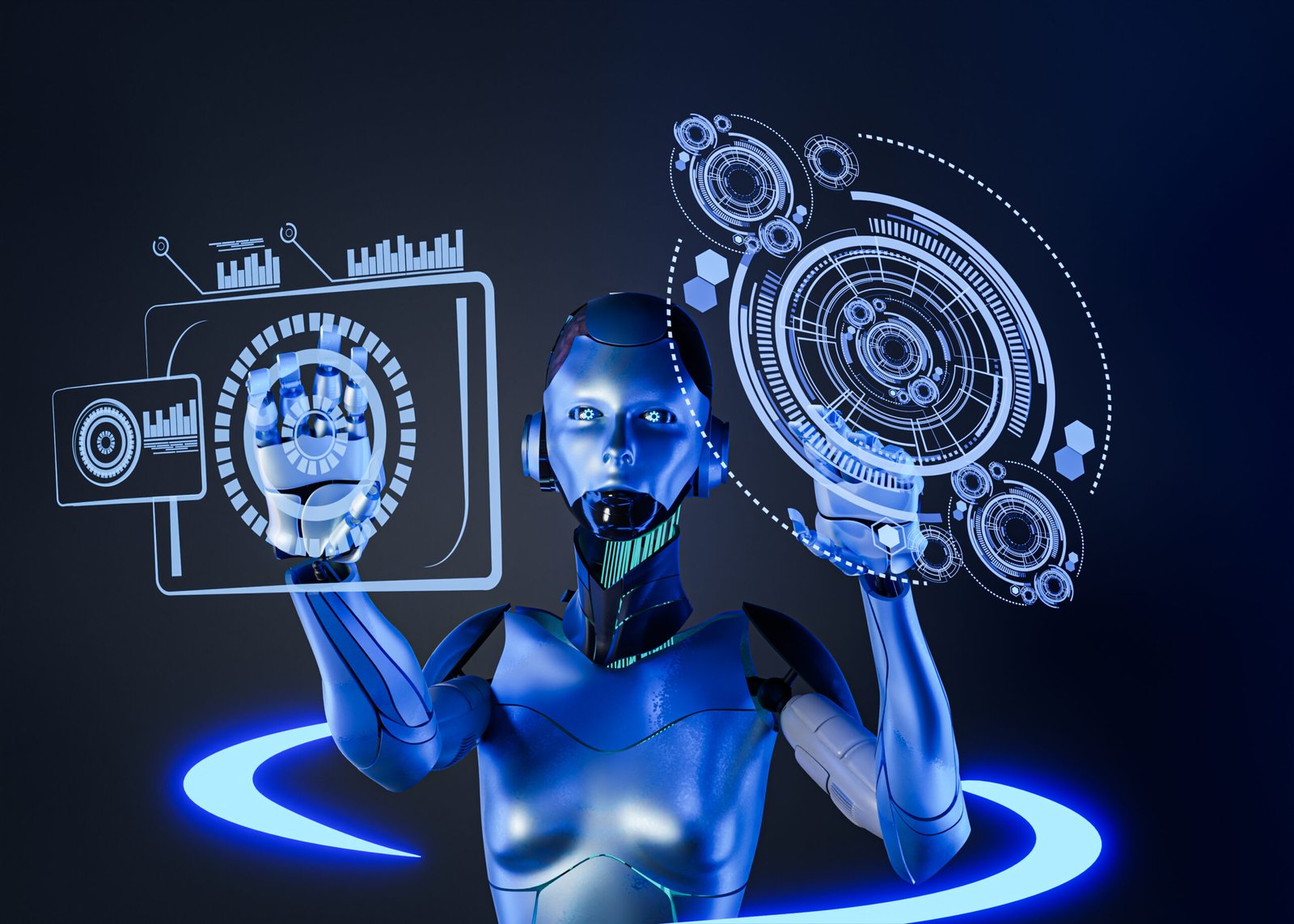In today’s fast-paced digital landscape, a strong brand identity is essential for any tech company looking to stand out and succeed. A well-defined brand helps establish trust, communicate values, and attract clients in a competitive market. Building a compelling brand narrative and visually appealing elements allows companies to differentiate themselves and create a lasting impression. Cygnotech Labs has embraced this approach, refining its branding over time to better reflect its innovation, expertise, and commitment to sustainability. By continually evolving its brand, Cygnotech Labs ensures a cohesive and impactful presence that resonates with clients and industry partners alike.

Cygnotechlabs
Software Development Company In Kochi













